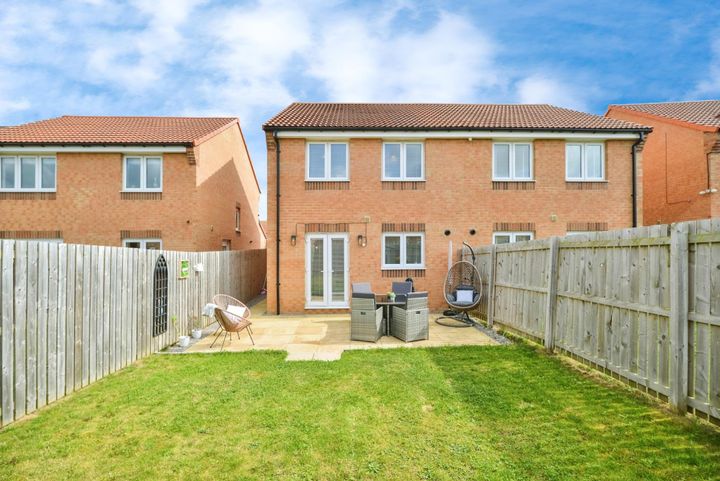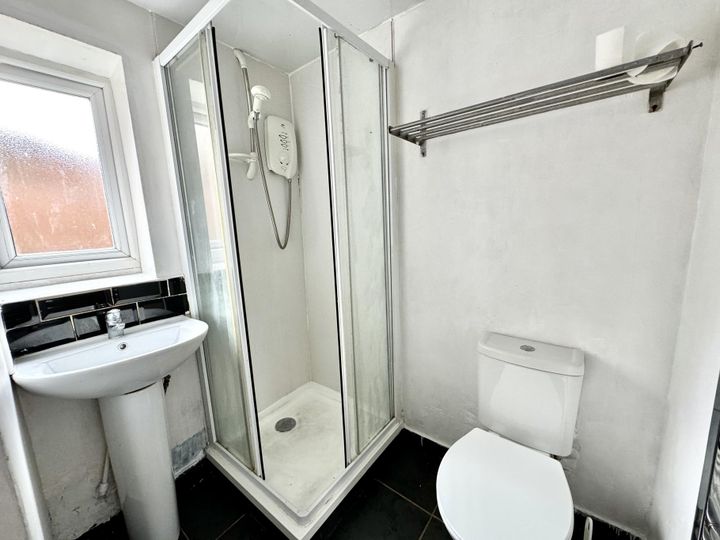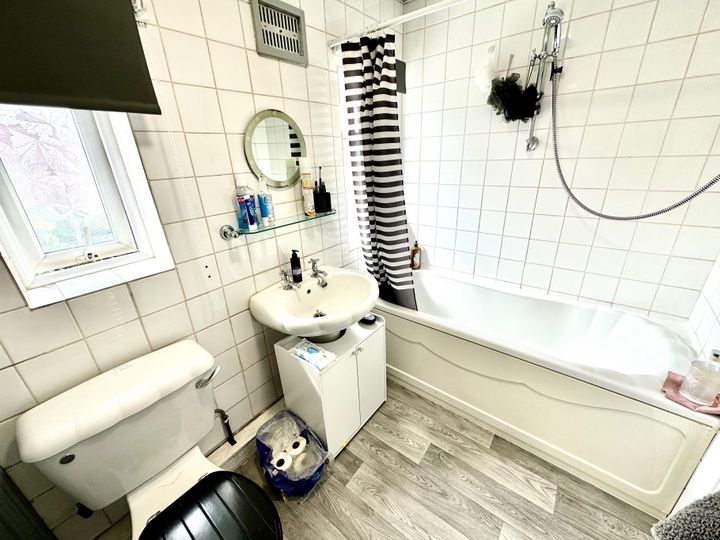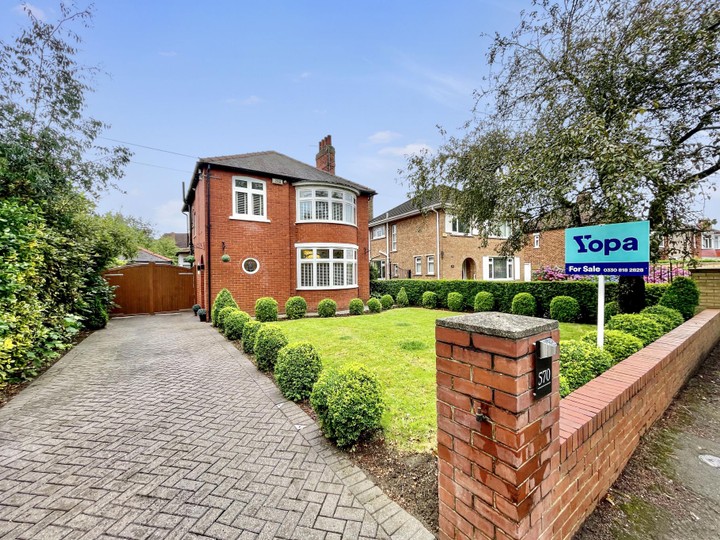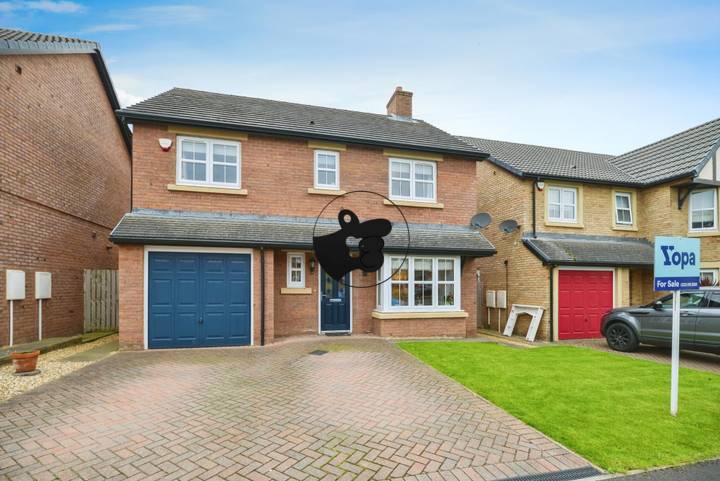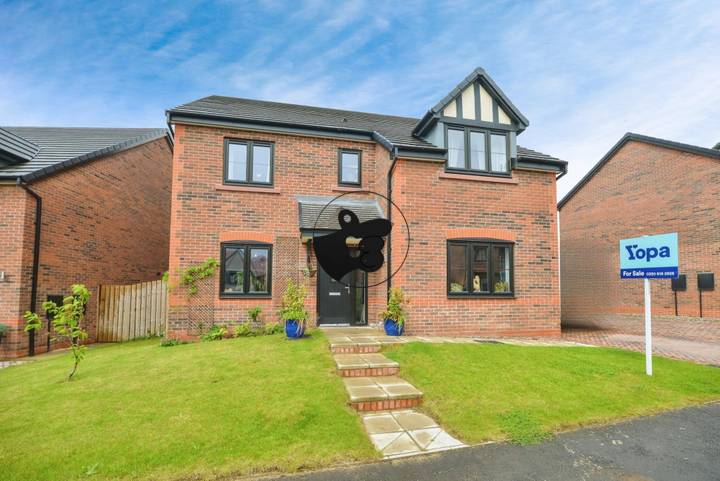The average price of homes in Middlesbrough typically hovers around £130,000 as of late 2023, although this can vary significantly based on location and property type. For instance, more sought-after areas like Marton can see prices reaching around £160,000 to £200,000 for semi-detached and detached homes, reflecting their popularity and proximity to primary amenities and schools. In contrast, properties in less desirable neighborhoods might be priced as low as £80,000 to £100,000, particularly for terraced homes and flats, making them more accessible for first-time buyers. Newer developments on the outskirts of the town can push average prices higher, with some modern three-bedroom homes exceeding £220,000. Additionally, the rental market shows variability, with average monthly rents for a two-bedroom apartment around £600, influenced by factors like location and condition.
Middlesbrough
Location
Price Range
Any price
Price Range
Minimum
No min
Maximum
No max
Property type
Show all
Property type
Show all
House
Apartment
Building
Other
Bedrooms
Any beds
Bedrooms
Minimum
No min
Maximum
No max
Surface Range
Any surface
Surface Range
Minimum
No min
Maximum
No max
Sale type
For sale
Sale type
Show all
To rent
For sale
Location
Apartments and houses for sale in Middlesbrough
8 results
Recent
Middlesbrough insights
| Aspect | Summary |
|---|---|
| Population | Borough population is approximately 140,000. |
| Average Property Price | The average property price is about £120,000. |
| Rental Yield | Typical rental yield is around 6-8%. |
| Average Rent | Average rent for residential properties is approximately £600 per month. |
| Occupancy Rate | The occupancy rate is estimated at 95%. |
| Capital Growth Rate | Capital growth rate is about 2-3% per annum. |
| Property Tax | Council tax rates vary, average is around £1,200 annually. |
| Transaction Costs | Total transaction costs estimated at 3-5% of property value. |
| Expected ROI | Expected return on investment (ROI) is around 8-10%. |
| Economic Growth Impact | Economic growth in the region positively influences property values. |
Middlesbrough FAQ
What is the average price of homes in Middlesbrough?
How have real estate prices in Middlesbrough changed over the past few years?
Real estate prices in Middlesbrough have seen a notable increase over the past few years, driven by various factors including economic revitalization and increased interest in the region. According to recent data, the average house price in Middlesbrough rose by approximately 8% from 2020 to 2023, with the typical home now valued around £130,000. Areas like Marton and Acklam have experienced particularly significant growth, with properties fetching up to 15% more than a few years prior. New developments and investments in infrastructure, such as the redevelopment of the town center and improved transport links, have contributed to this upward trend. Additionally, the COVID-19 pandemic prompted a shift in demand for housing, with more people seeking affordable homes outside major urban centers, further pushing up prices in Middlesbrough.
What factors influence real estate prices in Middlesbrough?
Several factors influence real estate prices in Middlesbrough, starting with location. Areas closer to the town center, such as Linthorpe, tend to command higher prices due to their proximity to amenities, schools, and transportation links. Economic factors also play a critical role; the region's industrial history and ongoing regeneration projects can impact demand. For instance, the presence of Teesside University attracts students and young professionals, boosting rental demand in the area. Additionally, property condition and age matter—newer developments often sell at a premium compared to older, less maintained homes. Local crime rates and community safety perceptions also affect buyer confidence, potentially depressing prices in less desirable neighborhoods. Lastly, broader economic indicators, such as interest rates and regional employment levels, significantly shape market activity and price fluctuations.
Are property prices in Middlesbrough higher or lower than neighboring areas?
Property prices in Middlesbrough tend to be lower compared to many neighboring areas, such as Yarm and Stockton-on-Tees. As of recent reports, the average house price in Middlesbrough is around £130,000, while Yarm, known for its affluent character, sees averages closer to £270,000. Similarly, in Stockton, prices are generally higher, averaging around £150,000. Factors contributing to these price differences include Middlesbrough’s industrial background, which has faced economic challenges over the years, while areas like Yarm benefit from a more suburban appeal and better schools. Additionally, recent regeneration efforts in Middlesbrough have aimed to boost property values, but they have not yet matched the pace of growth seen in surrounding towns.
What types of properties are generally more affordable in Middlesbrough?
In Middlesbrough, the types of properties generally more affordable are often found in older terraced houses, typically built in the late 19th to early 20th centuries. These properties tend to have lower price points compared to modern developments, with many available for under £100,000. Additionally, semi-detached homes in suburbs such as Linthorpe and Acklam also offer affordability, usually ranging from £120,000 to £160,000. Flats and apartments in locations like central Middlesbrough can be quite economical, often found for around £60,000 to £90,000, appealing to first-time buyers or investors. Council housing and shared ownership schemes also provide pathways to home ownership at lower costs. Properties needing some renovation are another common feature of the market, allowing buyers to find bargains while investing in improvements.
How do housing prices in Middlesbrough compare to national averages?
Housing prices in Middlesbrough are generally lower than the national averages seen across the UK. As of late 2023, the average house price in Middlesbrough hovers around £140,000, significantly below the UK average, which is approximately £280,000. For instance, properties in popular residential areas such as Marton or Linthorpe tend to offer relatively affordable options, with many three-bedroom homes listed for around £130,000 to £180,000. In contrast, more expensive urban areas like London and parts of the South East can see similar properties exceeding £500,000. The lower cost in Middlesbrough can be attributed to various factors, including its economic conditions and the availability of housing stock. Furthermore, the recent growth of the Tees Valley region is slowly influencing house prices, but they remain considerably lower than the national figures, providing a stark contrast to more affluent cities.
What can I do to increase the value of my property in Middlesbrough?
To increase the value of your property in Middlesbrough, consider enhancing its curb appeal by investing in landscaping, such as adding flower beds or a neat lawn, which can make a significant difference in first impressions. Upgrading the kitchen and bathrooms tends to yield a strong return on investment; modern fixtures, energy-efficient appliances, and quality materials can attract buyers. Additionally, you might explore converting unused spaces, like attics or basements, into functional living areas, which can substantially increase usable square footage. If your property is in a desirable location, such as near the university or key transport links, marketing those aspects effectively can also enhance perceived value. Finally, keeping up with maintenance and addressing any structural issues promptly can help avoid depreciation and ensure your property remains competitive in the local market.


